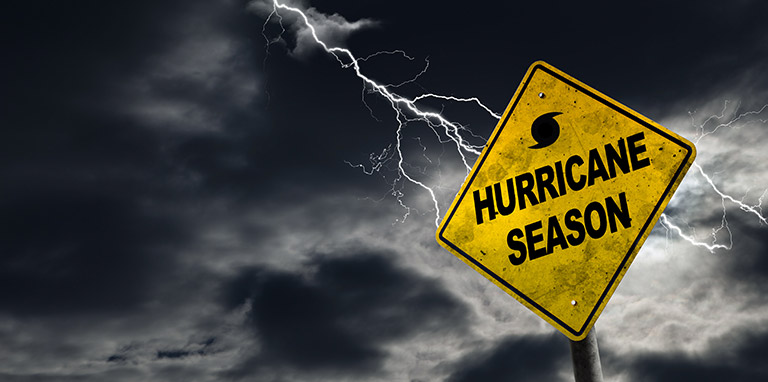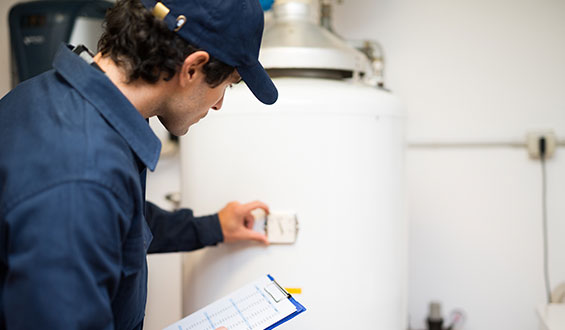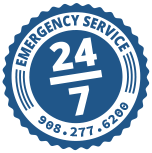The Summit, NJ, area was hit hard by the powerful tropical storm remnants of hurricanes Irene and Sandy. The rains produced by these powerful storms can cause extensive flooding not only in low-lying areas of New Jersey, but also in your basement. And powerful wind gusts can easily topple trees, bring down power lines and overwhelm transformers, knocking out power to your home for days, if not for a week or more.
The Stashluk team in Summit, NJ would like to remind you that there are a few important safeguards that every homeowner in Union, Morris, Essex and Somerset counties can take before hurricanes and tropical storms are on the march. Being prepared can help mitigate the effects and aftermath of the storm for you and your family.
Prepare in advance for hurricanes. Don’t wait until the last minute!
According to the National Hurricane Center, one of the key factors contributing to weather safety during hurricanes is to be prepared in advance for the risks that storms may pose to your home and property. Waiting too long to buy provisions or to take other safety measures can leave you and your family in danger of being without water or food basics until power is restored.
Waiting too long to buy provisions or to take other safety measures can leave you and your family in danger.
-
1. Test your sump pumps
Fill a few pails and/or large cooking pots and dump a few buckets of water into the pit containing your sump pump to see if it kicks on when the water level rises. Bare in mind an older or inexpensive pump can fail to work when it’s over taxed. Stashluk can recommend and install a sump pump in your home. Just ask us.
-
2. Secure outdoor areas
Where will your patio furniture end up when the wind starts blowing? Or, your hanging plants? Be sure to secure or store away patio furniture and umbrellas, in addition to children’s toys, potted plants and other loose items that could be thrown by the wind.
You’ll also want to unhook any gas lines to outdoor barbeque grills and take in propane tanks.
-
3. If you have a portable generator, test it regularly to make sure it’s ready for duty.
Unlike an automatic standby generator, which is installed on a fixed site on your property and performs its own periodic self-diagnosis routines (alerting you if service is needed), a portable gas-powered generator needs to be tested regularly and serviced periodically. Consumer Reports recommends testing the whole system, not just the generator’s engine, by flipping your transfer switch to put a load on the generator. If you’re not sure how to do this, call Stashluk and we’ll be happy to show you how. Also, if you haven’t been using the generator other than periodic startups, siphon the old gas and put in fresh, stabilized fuel.
-
4. Prepare your emergency kit
Do you have a plan for riding out the storm or getting out of town, as well an emergency kit at the ready? If large trees on your property are a concern have you considered having your family sleep on the lower levels of your home? Being prepared for a hurricane or a large tropical storm is part common sense and part preparation.
Hurricane Emergency Kit checklist:
- Flashlights
- Fresh batteries
- Bottled water
- First aid kit and medicine
- Battery-powered or hand-crank radio
- Non-perishable food
- Back up and charge your electronics
-
5. Know where your shut offs valves and breakers are in the house.
In addition to an emergency kit and your other preparations, every home should also have a utility shut-off plan for water, gas and electricity in the event of an emergency. It’s key to know where these valves and breakers are. Knowing where these important supply sources enter your home and what you can do to protect your property should the need arise is important for every homeowner.
Shutting off the electricity in your home is more straightforward. First you need to locate your electrical panels (you may have more than one) and then find the one with the main breaker, usually a double-width switch located at the top of the service panel.
-
6. Have well-water? Fill your bathtubs.
If a well provides your home’s water, you’ll want to fill your bathtubs in advance of the storm’s arrival in case electricity is knocked out and your well pump won’t operate. Fill your bathtubs with water and keep a bucket nearby to use the water to flush toilets and to keep on hand as emergency water until your power returns.
Worried about losing power? Consider an automatic standby generator for your home.
In most cases, an automatic backup generator is connected directly to your home’s natural gas line, so it has a constant supply of fuel and can operate through extended outages even after a hurricane, keeping your home safe, lit and powered.
The generator installation team at Stashluk can assess your power needs and suggest the right unit for your home and family. It’s good to note that typical generator installations take 2-4 weeks with town and gas utility approval – so don’t wait for the next storm!
Give us a call at 908.277.6200 and we’ll help you choose the best model for your needs and budget so you can leave those hurricane worries behind.





